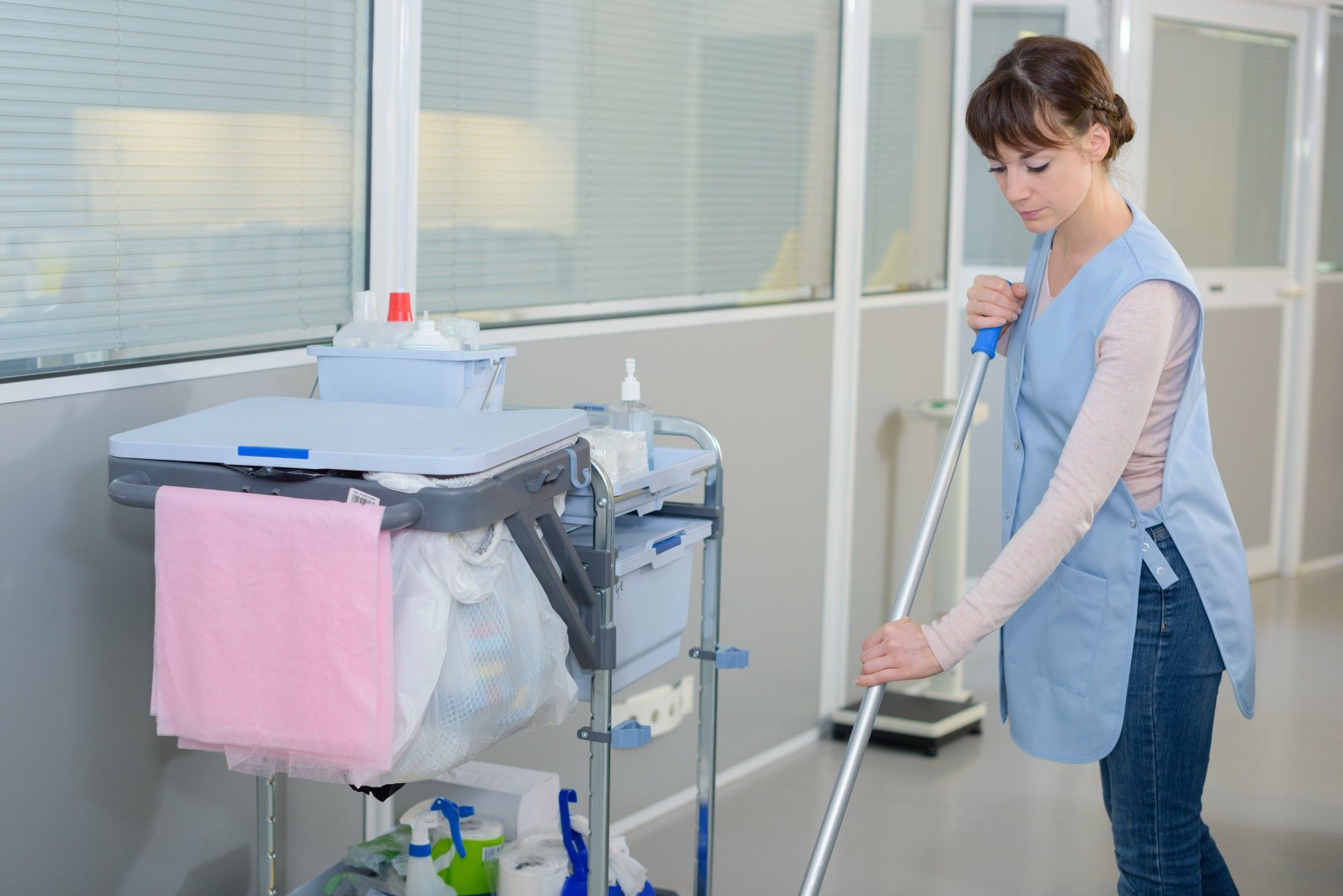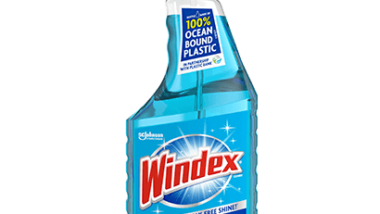Top Class Actions’s website and social media posts use affiliate links. If you make a purchase using such links, we may receive a commission, but it will not result in any additional charges to you. Please review our Affiliate Link Disclosure for more information.
OxyCide is a popular cleaning solution widely used in hospitals across the country. However, there is a growing concern among healthcare workers who are wondering: Is OxyCide dangerous?
OxyCide was introduced to the market in 2013 for healthcare facilities to use as a non-bleach disinfectant cleaner. Its active ingredients are hydrogen peroxide and peracetic/peroxyacetic acid. OxyCide is manufactured by Ecolab, which has promoted the product as effective at disinfecting surfaces and killing clostridium difficile spores, which cause C. diff, a dangerous infection that kills 15,000 people each year and costs the healthcare industry more than $1 billion annually, according to the U.S. Centers for Disease Control and Prevention (CDC).
 Is OxyCide Dangerous?
Is OxyCide Dangerous?
What makes OxyCide effective in killing these spores may also make OxyCide dangerous for the people who use it. Hospital personnel who have to use OxyCide as part of their cleaning duties have reported a number of symptoms after using the product.
“It burns my eyes, it makes them water. It burns my throat,” Robert Ross, a housekeeping employee at UPMC Magee-Women’s Hospital, told the Pittsburgh City Paper. “The best way to describe it is it’s like working with onions. You have no relief unless you take a break and go some place that’s well ventilated so you can get some air.”
Ross is not the only UPMC employee to report issues with OxyCide. Last spring, the product was chosen as the primary cleaning solution for use in nearly 20 UPMC facilities. Since then, Ross and several coworkers have reported a slew of OxyCide dangerous and adverse side effects.
“A lot of my co-workers have complained about respiratory issues like they were having trouble breathing. A lot of them would complain about their eyes being irritated,” said Justin Sheldon, a housekeeper at UPMC Presbyterian Hospital. “I’m concerned about the health effects that this product poses to not only my workers, but to the patients.”
Because of this concern over OxyCide dangerous side effects, Sheldon filed a complaint with the Occupational Safety and Health Administration (OSHA), which regulates workplace safety from a federal level. On Jan. 22, OSHA’s Pittsburgh Area Office “opened an inspection” of UPMC’s use of OxyCide, reports City Paper.
A survey of 244 UPMC employees found that 81 percent of respondents said they had suffered from negative OxyCide side effects. The most common symptoms reported by those surveyed included:
- Runny or burning nose (56 percent)
- Headaches (50 percent)
- Other effects (6 percent) – including nose bleeds, vomiting, etc.
“OxyCide is so dangerous,” said Ross. “It’s putting a lot of us at risk, and not just the healthcare workers, but doctors and patients as well. It’s about everyone in the hospital. Everywhere this product is being used it should be gotten rid of.”
The issue stretches far beyond UPMC facilities. The chemical is used at many other hospitals, in Pennsylvania, and across the country. The University of Vermont Medical Center has had similar problems, with employees reporting symptoms after OxyCide exposure.
“Some of our members started complaining of fairly severe symptoms,” Laurie Aunchman, president of the nurses’ union AFT-Vermont, told City Paper.
Workers say that Ecolab’s recommendation for safe use of the chemical doesn’t match their experiences, with staff continuing to report skin and/or respiratory irritation despite following these guidelines. A spokesperson for VCM noted that after workers filed an OSHA complaint, the medical facility decided to discontinue using OxyCide before OSHA made its ruling.
If you work at a hospital or other medical facility and have suffered OxyCide side effects like breathing problems, headaches, nausea, or skin burns, you may be able to file a lawsuit and pursue compensation.
Filing a lawsuit can be a daunting prospect, so Top Class Actions has laid the groundwork by connecting you with an experienced attorney. Consulting an attorney can help you determine if you have a claim, navigate the complexities of litigation, and maximize your potential compensation.
Join a Free OxyCide Cleaner Side Effects Lawsuit Investigation
If you worked in a hospital that used OxyCide cleaning products and suffered side effects from exposure to the disinfectant, you may qualify to join a FREE OxyCide cleaner side effects lawsuit investigation.
Fill out the form on this page for more information.
This article is not legal advice. It is presented
for informational purposes only.
ATTORNEY ADVERTISING
Top Class Actions is a Proud Member of the American Bar Association
LEGAL INFORMATION IS NOT LEGAL ADVICE
Top Class Actions Legal Statement
©2008 – 2024 Top Class Actions® LLC
Various Trademarks held by their respective owners
This website is not intended for viewing or usage by European Union citizens.
Get Help – It’s Free
Join a Free OxyCide Cleaner Side Effects Lawsuit Investigation
If you qualify, an attorney will contact you to discuss the details of your potential case at no charge to you.
PLEASE NOTE: If you want to participate in this investigation, it is imperative that you reply to the law firm if they call or email you. Failing to do so may result in you not getting signed up as a client or getting you dropped as a client.
E-mail any problems with this form to:
Questions@TopClassActions.com.
Oops! We could not locate your form.


 Is OxyCide Dangerous?
Is OxyCide Dangerous?








